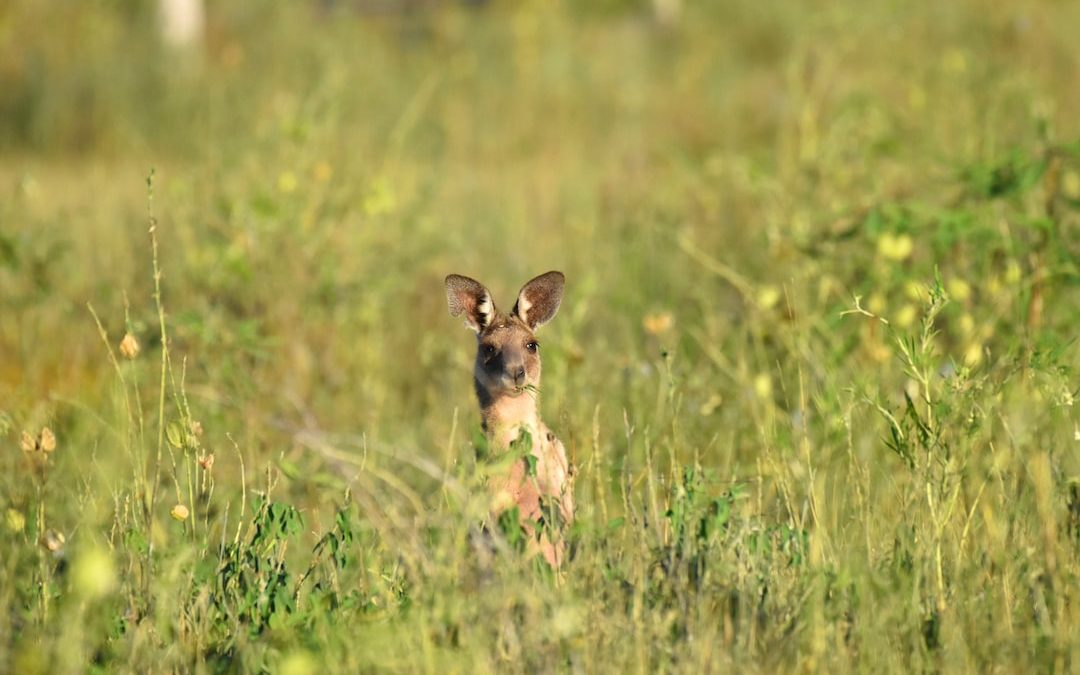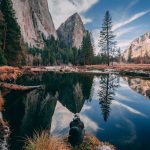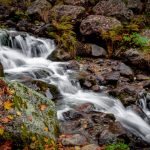Table of Contents
Uncovering the Unique Wildlife of Queensland
Introduction
The state of Queensland, Australia is a hotspot for unique wildlife. The vast array of species found in this region is unparalleled in its diversity and beauty. From the iconic koalas and kangaroos to the lesser-known reptiles, marsupials, and birds, Queensland is a haven for wildlife enthusiasts. In this article, we will explore some of the most interesting and unique creatures of Queensland and uncover why this region is such a special place for wildlife.
The Iconic Koala
The koala is one of the most iconic and beloved animals in Australia, and they are found in abundance in Queensland. These cuddly marsupials make their homes in the eucalyptus forests of the region and are an essential part of the ecosystem. Koalas are well-adapted to the environment in Queensland and can be found in a variety of habitats. They spend their days eating eucalyptus leaves and sleeping in the trees.
Diet and Behaviour
Koalas are folivores, meaning they primarily eat eucalyptus leaves. They have an incredibly slow metabolism, which allows them to survive on such a low-energy diet. They are also very sedentary animals and spend the majority of their days sleeping in the trees. Koalas are solitary animals and live in their own territories.
Conservation Status
The koala population in Queensland is currently listed as vulnerable due to a number of threats, including habitat loss and disease. Conservation efforts are being made to protect these animals and ensure their long-term survival.
The Endangered Southern Cassowary
The southern cassowary is an endangered species found in the tropical rainforests of Queensland. These large, flightless birds are essential to the health of the rainforest ecosystem, as they disperse the seeds of the plants they eat. They have a unique set of physical characteristics, including a bright blue head and a casque on the top of their head.
Diet and Behaviour
The southern cassowary is an omnivore, meaning they eat both plants and animals. They primarily feed on fruits and seeds, but they will also eat small animals and insects. They are also territorial, with males establishing and defending their territory.
Conservation Status
The southern cassowary is listed as endangered due to habitat loss and hunting. Conservation efforts are being made to protect this species and ensure its long-term survival.
The Adorable Platypus
The platypus is one of the most unique and beloved animals in Australia. These semi-aquatic creatures are found in the billabongs and rivers of Queensland. They have a wide array of interesting adaptations, including the ability to detect electric fields, the production of venom, and the ability to store food in their cheek pouches.
Diet and Behaviour
The platypus is an omnivore, meaning they eat both plants and animals. They feed mainly on yabbies, worms, and other aquatic insects. They also use their sensitive bill to detect prey in the water and to navigate in murky conditions. They are also solitary animals, only coming together to mate.
Conservation Status
The platypus is currently listed as a species of least concern due to its large range and stable population. This species is still threatened by habitat loss, pollution, and climate change. Conservation efforts are being made to protect this species and ensure its long-term survival.
The Elusive Sugar Glider
The sugar glider is a small, nocturnal marsupial found in the forests of Queensland. These cute and fluffy animals are named for their ability to glide through the air with their large, furry patagium. They have a wide range of adaptations, including the ability to see in the dark and to hang from branches with their prehensile tails.
Diet and Behaviour
The sugar glider is an omnivore, meaning they eat both plants and animals. They primarily feed on insects, but they will also eat fruits, nectar, and sap. They are also social animals, living in groups of up to 15 individuals.
Conservation Status
The sugar glider is currently listed as a species of least concern due to its large range and stable population. This species is still threatened by habitat loss and fragmentation. Conservation efforts are being made to protect this species and ensure its long-term survival.
The Magnificent White-bellied Sea Eagle
The white-bellied sea eagle is an impressive bird of prey found in the coastal regions of Queensland. These majestic birds have a wingspan of up to 2.5 metres and can be seen soaring over the ocean in search of prey. They are an important part of the marine ecosystem, helping to keep the population of fish and other marine animals in balance.
Diet and Behaviour
The white-bellied sea eagle is a carnivore, meaning they eat only animals. They primarily feed on fish, but they will also eat small mammals, reptiles, and birds. They are also social animals, living in pairs or small family groups.
Conservation Status
The white-bellied sea eagle is currently listed as a species of least concern due to its large range and stable population. This species is still threatened by habitat loss and persecution. Conservation efforts are being made to protect this species and ensure its long-term survival.
The Mysterious Dugong
The dugong is a mysterious and elusive sea mammal found in the shallow waters of Queensland. These animals have a unique set of adaptations, including a paddle-like tail and a powerful sense of smell. They are an important part of the marine ecosystem, helping to keep the seagrass beds healthy.
Diet and Behaviour
The dugong is an herbivore, meaning they eat only plants. They primarily feed on seagrass, which they use their sensitive snout to locate in the sand. They are also social animals, living in small groups of up to 10 individuals.
Conservation Status
The dugong is currently listed as vulnerable due to habitat loss, entanglement in fishing gear, and hunting. Conservation efforts are being made to protect this species and ensure its long-term survival.
The Unique Frill-necked Lizard
The frill-necked lizard is an iconic and unique species found in the deserts of Queensland. These reptiles have a wide array of adaptations, including a large frill on their neck, the ability to run on their hind legs, and the ability to change colour. They are an important part of the desert ecosystem, helping to keep the insect populations in balance.
Diet and Behaviour
The frill-necked lizard is an insectivore, meaning they eat only insects. They primarily feed on beetles, ants, and other small invertebrates. They are also solitary animals, only coming together to mate.
Conservation Status
The frill-necked lizard is currently listed as a species of least concern due to its large range and stable population. This species is still threatened by habitat loss and fragmentation. Conservation efforts are being made to protect this species and ensure its long-term survival.
The Stunning Rainbow Lorikeet
The rainbow lorikeet is an iconic and stunning bird found in the forests of Queensland. These brightly coloured birds are essential to the health of the forest ecosystem, as they disperse the seeds of the plants they eat. They have an impressive array of adaptations, including the ability to fly at high speeds and to communicate with complex vocalizations.
Diet and Behaviour
The rainbow lorikeet is an omnivore, meaning they eat both plants and animals. They primarily feed on nectar, fruits, and insects. They are also social animals, living in large flocks of up to 100 individuals.
Conservation Status
The rainbow lorikeet is currently listed as a species of least concern due to its large range and stable population. This species is still threatened by habitat loss and fragmentation. Conservation efforts are being made to protect this species and ensure its long-term survival.
Conclusion
The state of Queensland is a truly unique and special place for wildlife. From the iconic koalas and kangaroos to the lesser-known reptiles, marsupials, and birds, this region is home to an incredible diversity of species. In this article, we explored some of the most interesting and unique creatures of Queensland and uncovered why this region is such a special place for wildlife. Conservation efforts are being made to protect these species and ensure their long-term survival.
If you’re looking for a unique wildlife experience, Queensland is the place to be. Come explore the diverse and fascinating creatures of this region and uncover why this region is such a special place for wildlife.












